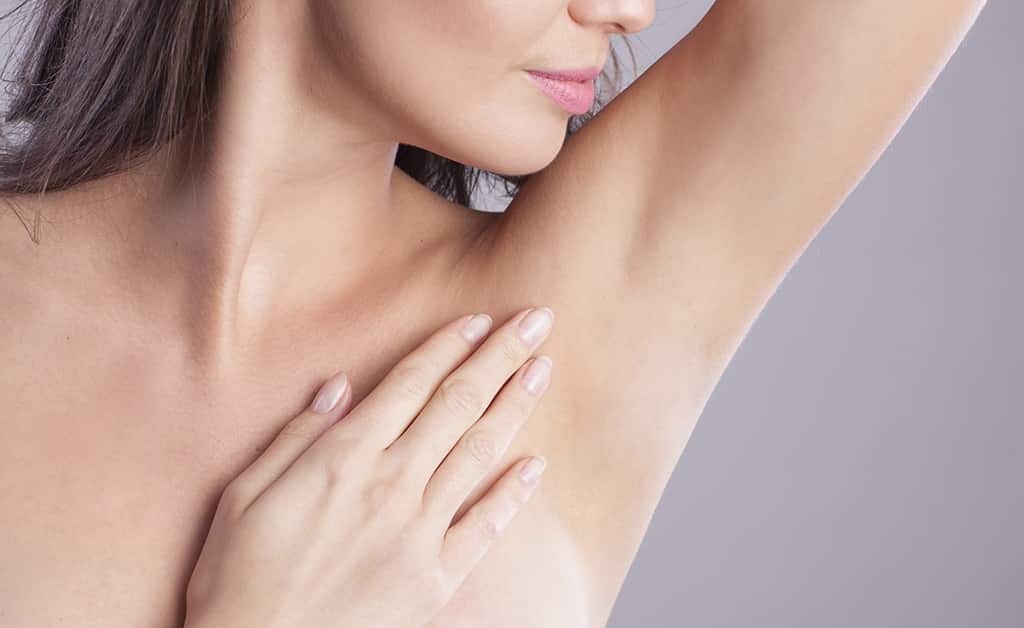Hyperhidrosis, or excessive sweating, can significantly impact an individual's quality of life. For those seeking treatment in Dubai, a city known for its advanced medical facilities and skilled practitioners, understanding what to expect during the treatment process is crucial. This article will guide you through the journey of Hyperhidrosis Treatment in Dubai, covering everything from initial consultations to post-treatment care.
Understanding Hyperhidrosis
Hyperhidrosis affects millions globally, causing excessive sweating in various body areas such as palms, feet, underarms, and face. While the exact cause is often unknown, it can be linked to genetics, anxiety, or underlying medical conditions. In Dubai, several treatment options are available, including topical treatments, oral medications, Botox injections, and surgical procedures.
Initial Consultation
Finding the Right Specialist
The first step in your treatment journey is finding a qualified dermatologist or specialist experienced in treating hyperhidrosis. In Dubai, many clinics and hospitals offer specialized services, so research and reviews can help you make an informed choice.
Assessment and Diagnosis
During your initial consultation, the specialist will conduct a thorough assessment. This may include discussing your medical history, the areas affected, and how the condition impacts your daily life. Some clinics may also use a "starch-iodine test" or other diagnostic tools to determine the severity of your hyperhidrosis.
Treatment Options Overview
After the assessment, the doctor will explain various treatment options tailored to your needs. It's essential to ask questions about each option's effectiveness, potential side effects, and recovery time to make an informed decision.
Treatment Options
Topical Treatments
For mild cases of hyperhidrosis, dermatologists often recommend over-the-counter or prescription antiperspirants containing aluminum chloride. These products work by blocking the sweat glands and can be quite effective for many individuals.
Botox Injections
Botox has emerged as a popular and effective treatment for hyperhidrosis. The procedure involves injecting small amounts of botulinum toxin into the affected areas, blocking the nerves responsible for sweating. Treatment sessions typically last 15 to 30 minutes, and patients can often return to their normal activities immediately after.
Oral Medications
Oral medications, such as anticholinergics, can help reduce sweating. However, they may have side effects, including dry mouth and blurred vision. A thorough discussion with your healthcare provider about the pros and cons is essential before starting any medication.
Iontophoresis
Iontophoresis is a non-invasive procedure that uses electrical currents to reduce sweating in hands and feet. Patients usually undergo multiple sessions, and while the treatment can be time-consuming, it is effective for many.
Surgical Options
For severe cases of hyperhidrosis that do not respond to other treatments, surgery may be recommended. Procedures such as sympathectomy involve cutting nerves that trigger sweating. This option carries more risks and requires careful consideration.
What to Expect During Treatment
Before Treatment
Before your chosen treatment, your specialist may provide specific instructions, such as avoiding certain medications or activities. It's crucial to follow these guidelines to ensure optimal results.
During Treatment
The treatment process varies depending on the chosen method. For instance, Botox injections are relatively quick, often requiring only a few minutes per area. Topical treatments may involve applying a cream or lotion, while surgical options will necessitate a more extended hospital stay.
After Treatment
Post-treatment care is vital for recovery and effectiveness. You may experience mild side effects, such as swelling or bruising at injection sites. Your doctor will provide specific aftercare instructions, including when to return for follow-up appointments to monitor your progress.
Recovery and Results
Timeframe for Results
Most patients notice improvements within a few days to a week after Botox injections or other treatments. For oral medications and topical treatments, it may take several weeks to see significant changes.
Follow-Up Appointments
Regular follow-up appointments are essential to assess the treatment's effectiveness and make any necessary adjustments. Your doctor will guide you on the frequency of these visits based on your treatment plan.
Long-Term Management
While many treatments provide long-lasting results, hyperhidrosis can be a chronic condition requiring ongoing management. Discussing long-term strategies with your healthcare provider is essential to maintain your quality of life.
Conclusion
Navigating hyperhidrosis treatment in Dubai can be a smooth experience when you are well-informed. With a range of effective treatment options available and access to skilled professionals, you can take significant steps towards managing your condition. Understanding what to expect at each stage of your treatment will empower you to make informed decisions and lead a more comfortable life. Whether you opt for non-invasive methods or more intensive procedures, the right approach can bring relief and enhance your overall well-being.





Comments